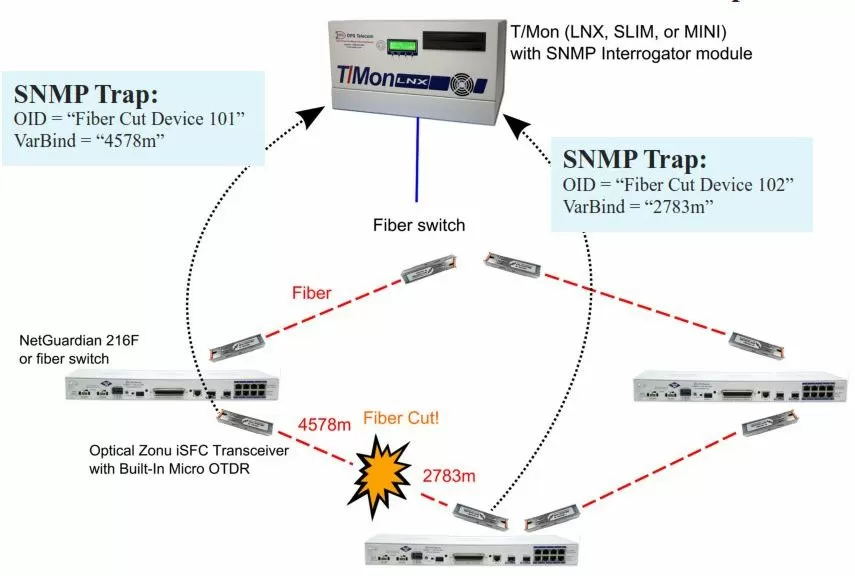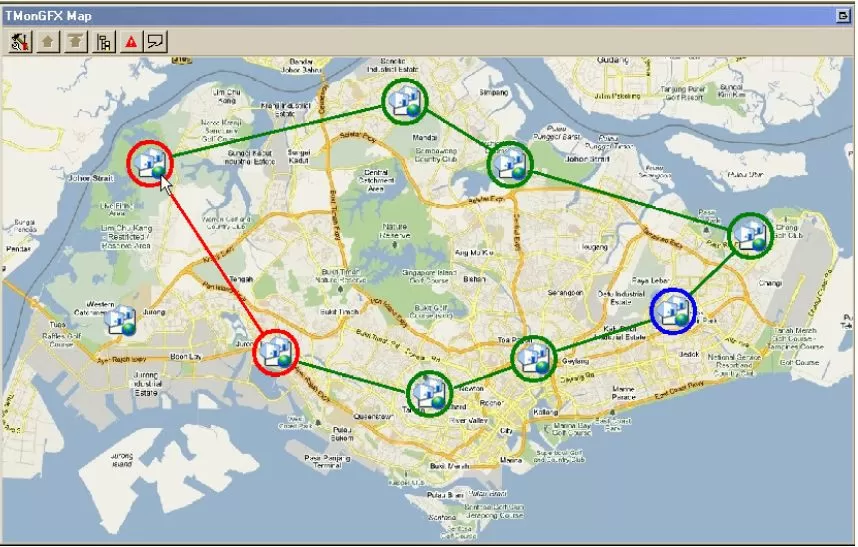Check out our White Paper Series!
A complete library of helpful advice and survival guides for every aspect of system monitoring and control.
1-800-693-0351
Have a specific question? Ask our team of expert engineers and get a specific answer!
Sign up for the next DPS Factory Training!

Whether you're new to our equipment or you've used it for years, DPS factory training is the best way to get more from your monitoring.
Reserve Your Seat Today
More and more companies are using fiber these days, but aren't taking the necessary precautions to avoid costly outages. The key to avoiding outages caused by fiber faults is early detection. With advanced notification of broken links and faults, you'll instantly get the upper hand in preventing outages.

Traditionally, many fault detectors were plagued with poor performance and operational problems. First, they would occupy an entire optical shelf, which is inefficient. Secondly, they were sensitive to the noise caused by the return reflections.
However, a new "reflection immune" design overcomes these previous limitations by using special firmware to make these single fiber, single wavelength (SFSW) SFP Transceivers immune to reflections. This transceiver is also capable of CWDM data transport in normal use. You won't have to dedicate an entire fiber for monitoring, nor will you sacrifice a CWDM channel, so you'll have more optical fibers for revenue generation.
The bottom line is: you're instantly notified of faults in your fiber transports. This saves you operational expense dollars and helps you quickly get back online during outages (such as disaster-recovery situations).

T/Mon collects SNMP traps from micro-OTDRs and displays fiber cuts on an intuitive multi-user map. Fiber cuts are generally best displayed as line segments. When fiber is cut, the segment can change color and blink. Drilling down to SNMP trap detail will tell you the OTDR-measured ranges.